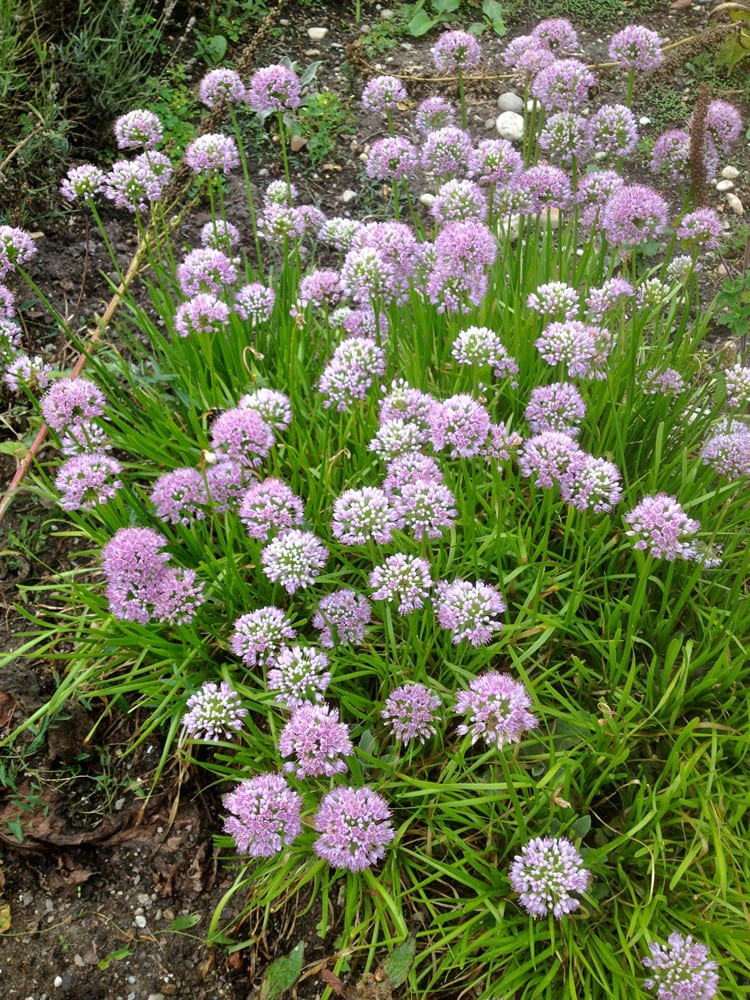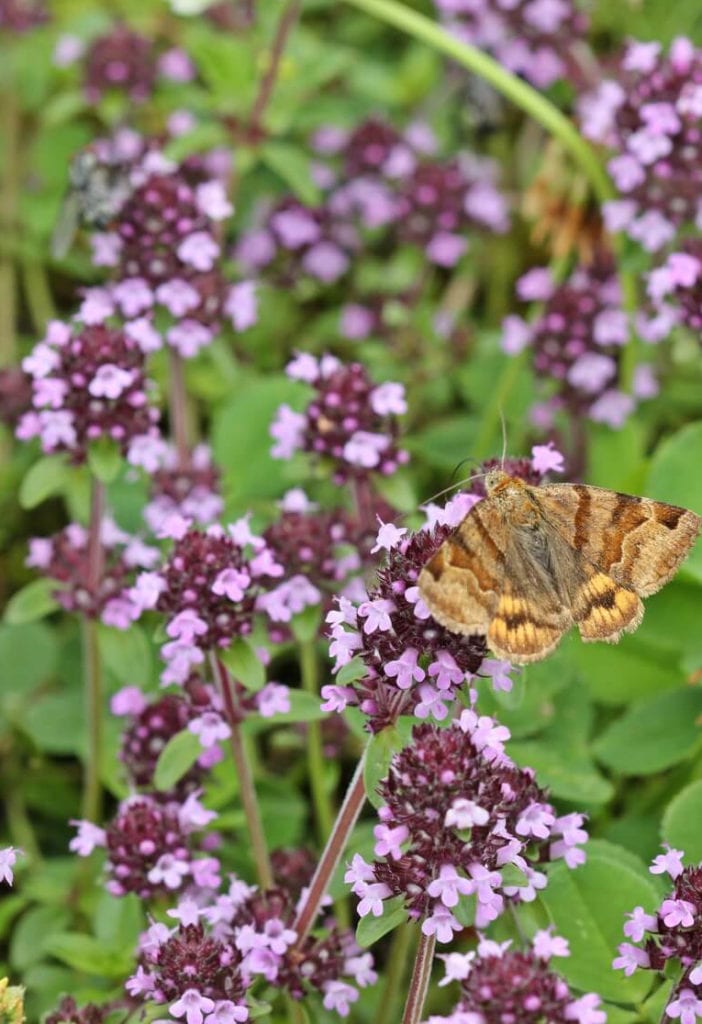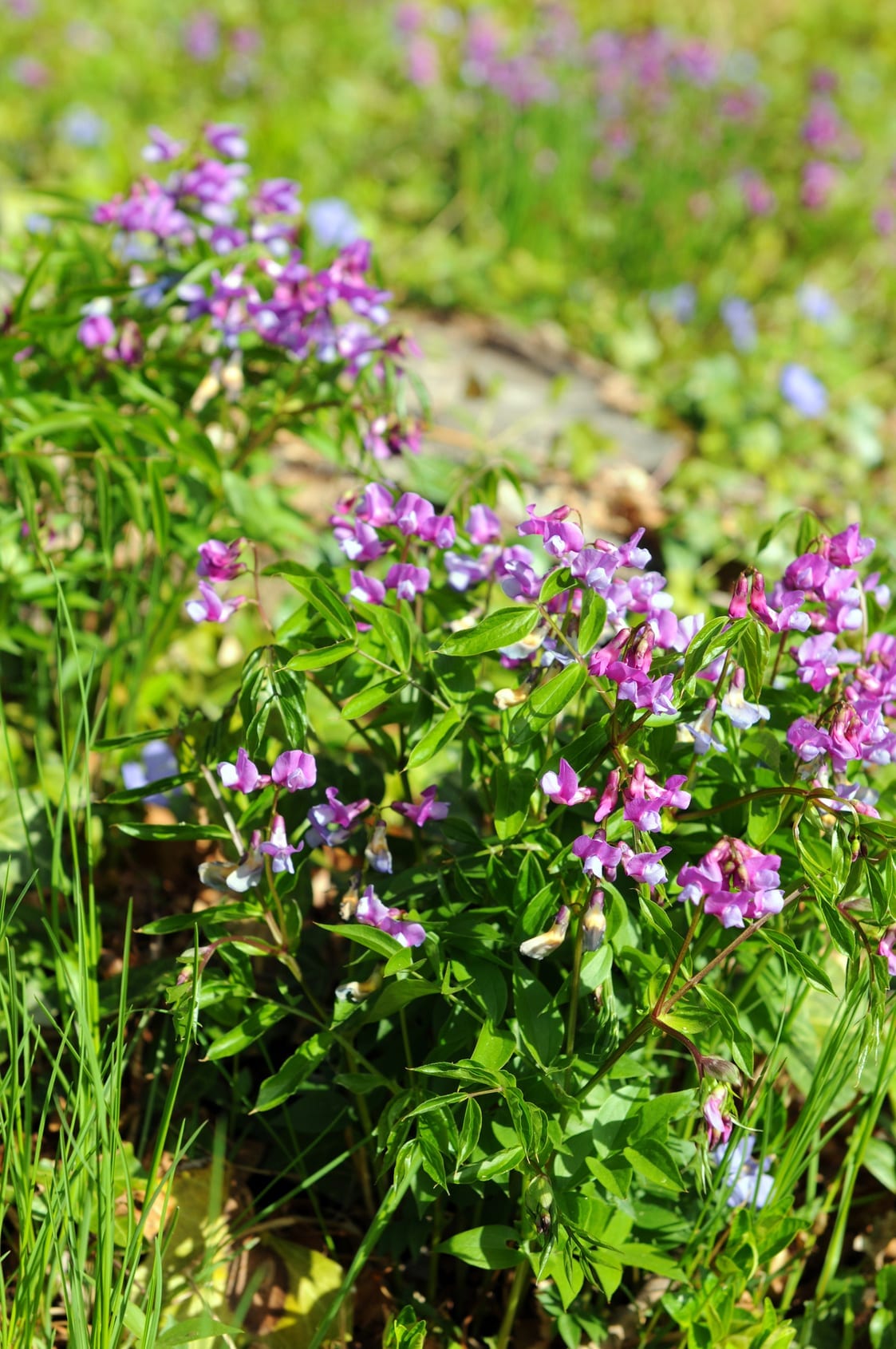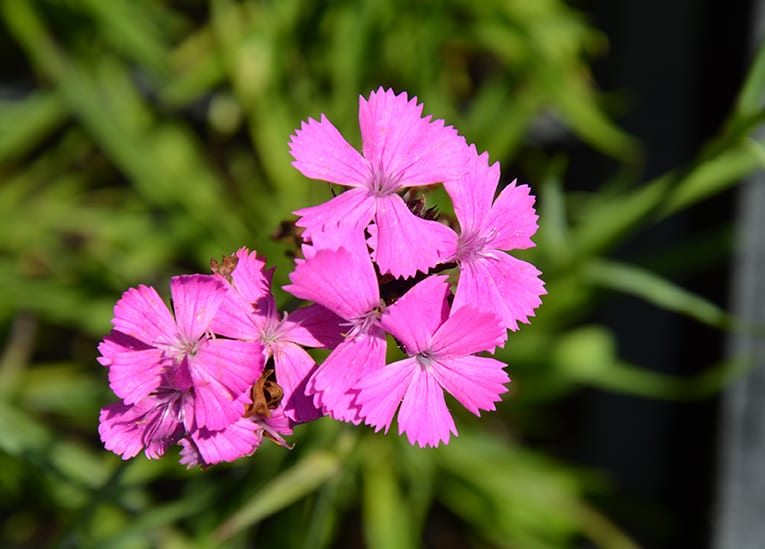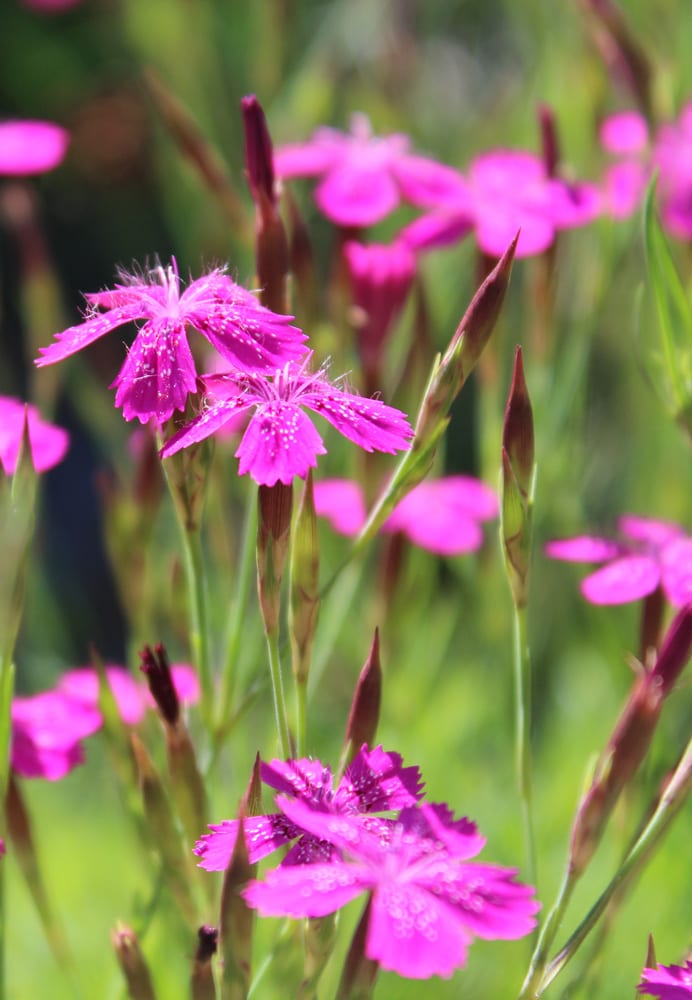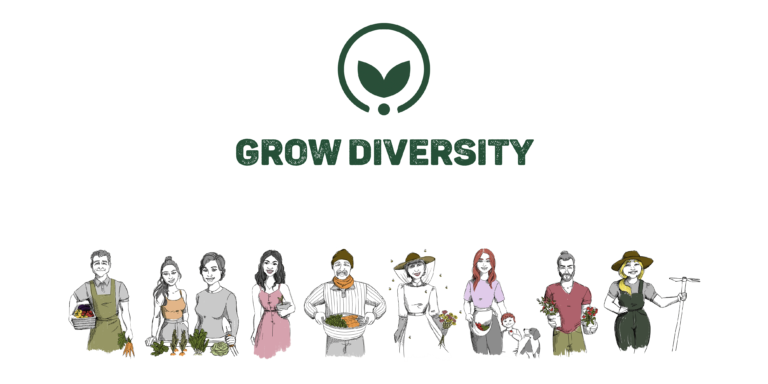NEW: Organic wild flowers
We see our wildflower program, which we were able to realize together with the Biobaumschule Ottenberg, as a special project to preserve biodiversity.
For garden lovers we offer a program for rediscovering the native wild flowers in garden design with all their positive effects on soil, water, flora and fauna.
Organic wildflowers, which are threatened by extinction
Monocultures and the use of harmful chemicals have largely displaced the variety of flowering meadows, hedges close to nature, idyllic stream banks and harmoniously merging forest edges.
The loss of these species-rich habitats is the main reason for the dramatic decline of many species. Bees and butterflies find less and less wild flowers and native shrubs, i.e. food and natural nesting places.
Regional wild plants, however, attract birds, bees, wild bees, butterflies and many other animals and are optimally adapted to the respective location and climate.
-
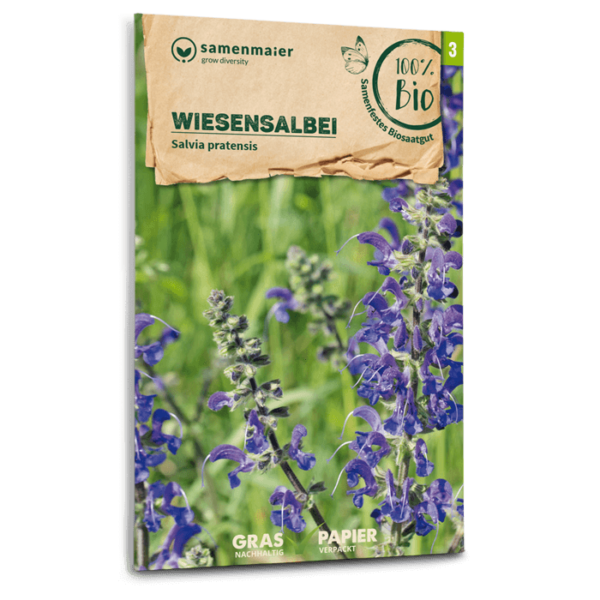 Organic Wild flower – Meadow sage€ 3.99
Organic Wild flower – Meadow sage€ 3.99incl. 13% VAT
Keine Versandkosten ab € 20 Warenkorb
-
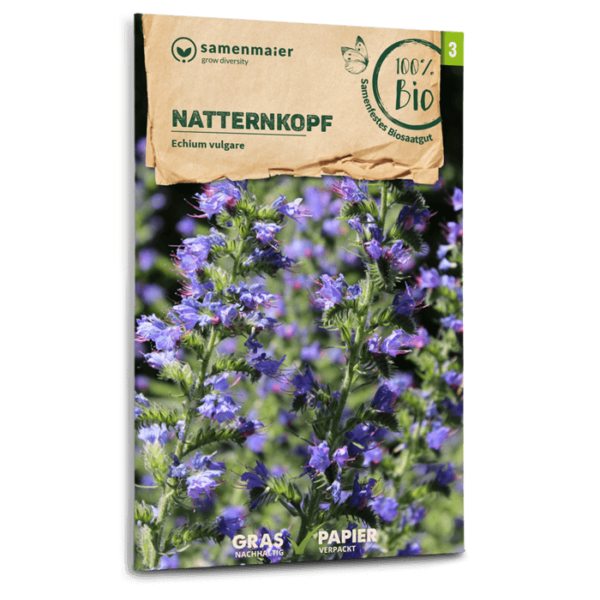 Organic Wild flower – Viper’s bugloss€ 3.99
Organic Wild flower – Viper’s bugloss€ 3.99incl. 13% VAT
Keine Versandkosten ab € 20 Warenkorb
-
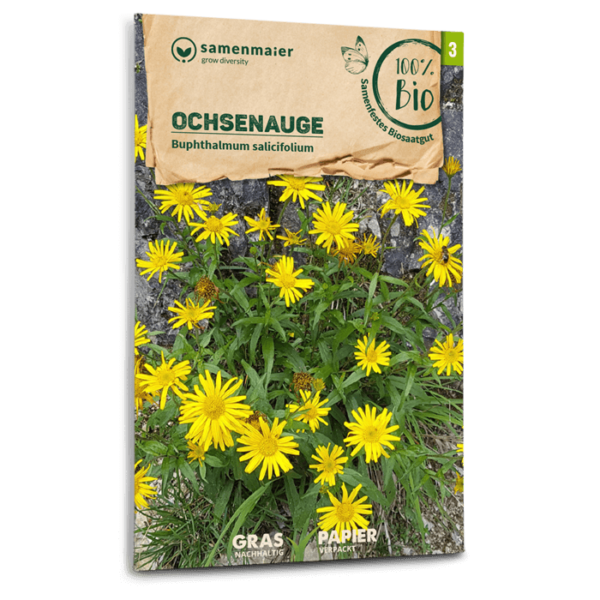 Organic Wildflowers – Ox-Eye€ 3.99
Organic Wildflowers – Ox-Eye€ 3.99incl. 13% VAT
Keine Versandkosten ab € 20 Warenkorb
-
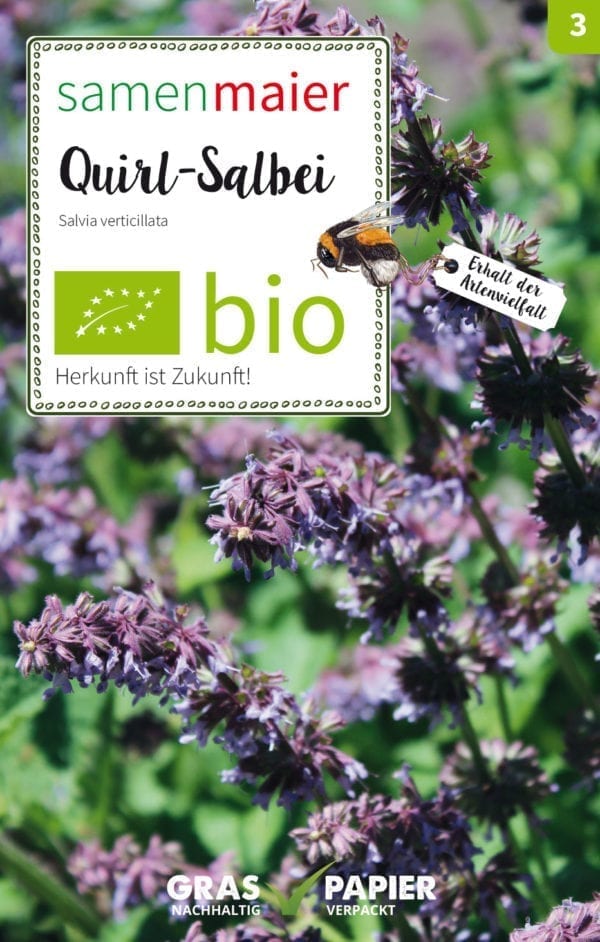 Organic Wild flower – Lilac sage€ 3.99
Organic Wild flower – Lilac sage€ 3.99incl. 13% VAT
Keine Versandkosten ab € 20 Warenkorb
-
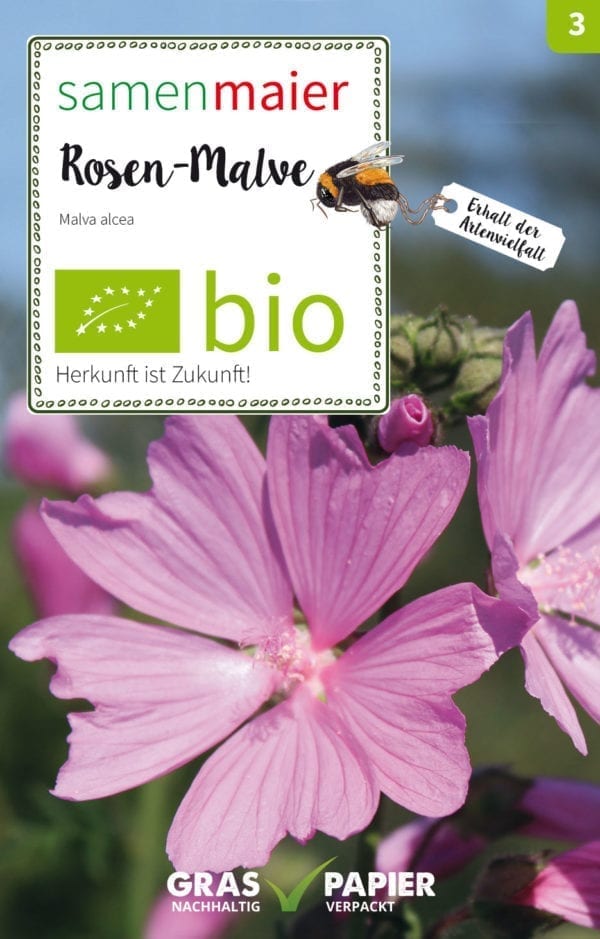 Organic Wild flower – Hollyhock mallow€ 3.99
Organic Wild flower – Hollyhock mallow€ 3.99incl. 13% VAT
Keine Versandkosten ab € 20 Warenkorb
-
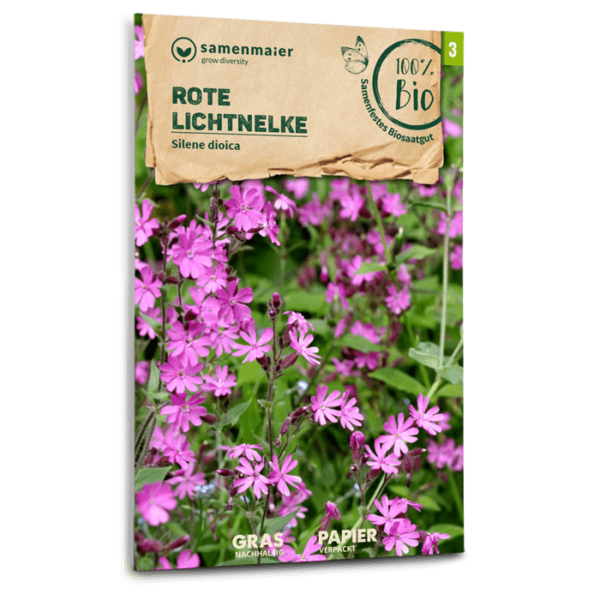 Organic Wild flower – Red campion€ 3.99
Organic Wild flower – Red campion€ 3.99incl. 13% VAT
Keine Versandkosten ab € 20 Warenkorb
-
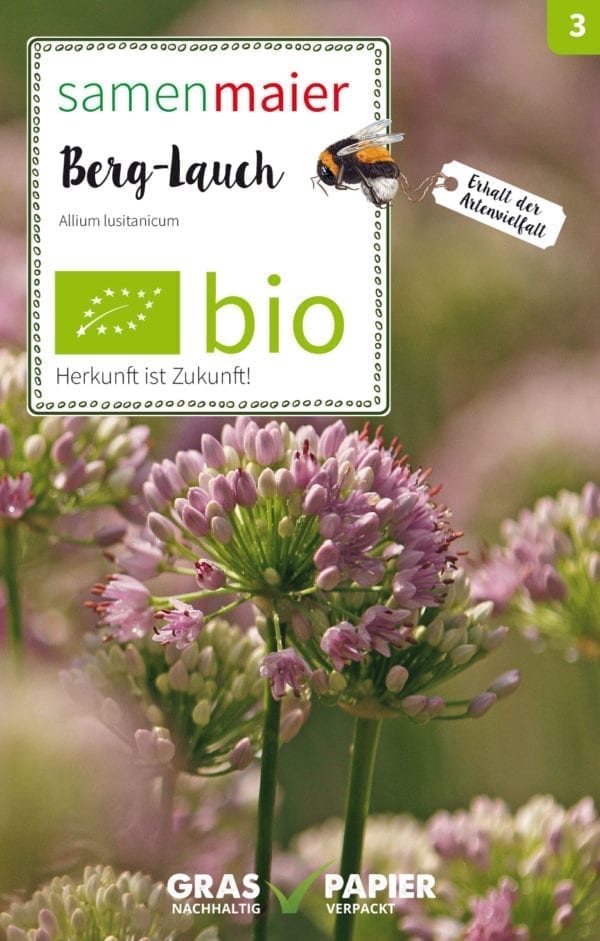 Organic Wild flower – Mountain onion€ 3.99
Organic Wild flower – Mountain onion€ 3.99incl. 13% VAT
Keine Versandkosten ab € 20 Warenkorb
Order wildflowers online: our shop
General information about wild shrubs:
Domestic wild shrubs make an important contribution for bees, bumblebees, butterflies… Due to the intensive use of agricultural land, many species that were originally abundant in the meadows and roadsides are being pushed back. The propagation company Biobaumschule Ottenberg has set itself the task of protecting these regional wild shrubs and creating a seed archive of the special species. The propagation of the wild perennials is carried out at the company’s own facility, which has been operating organically for 28 years.
Colorful nature
For the private gardener these wild perennials offer many advantages: On the one hand it is about the rediscovery of these wild forms for garden design and on the other hand an important contribution is made to the preservation of the species. For bees and insects these plants are a magnet. Another advantage is that the plants are perfectly adapted to our climate and get by with very little nutrients and water. With the inclusion of wild perennials in the garden design, fertilization and watering can be avoided, which additionally protects the environment and makes the gardener’s work easier.
With the help of Austrian Organic farmers, valuable species can be reproduced again. Domestic wild flowers make an important contribution to our flora & fauna.
They promote the preservation of the Austrian biodiversity.
The blaze of color and the wonderful scent of these organic flowers! No wonder that bees, bumblebees and butterflies love wild flowers. Anyone who wants to help the native biodiversity grow, should be sowing organic wild seeds in their own garden.
-
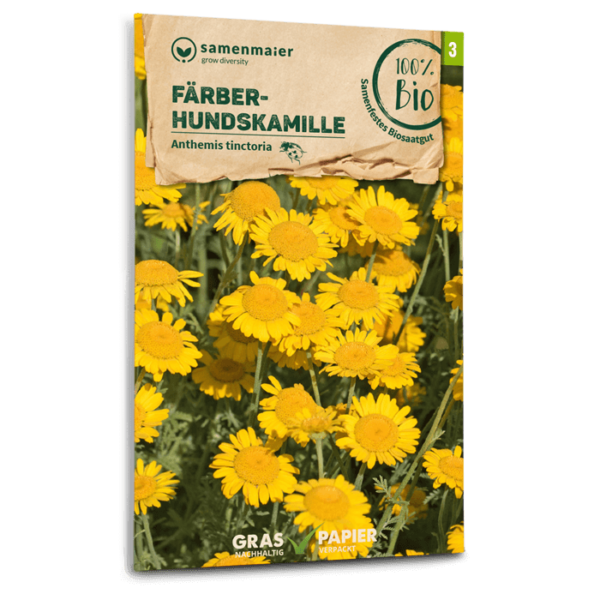 Organic Wild flower – Golden marguerite€ 3.99
Organic Wild flower – Golden marguerite€ 3.99incl. 13% VAT
Keine Versandkosten ab € 20 Warenkorb
-
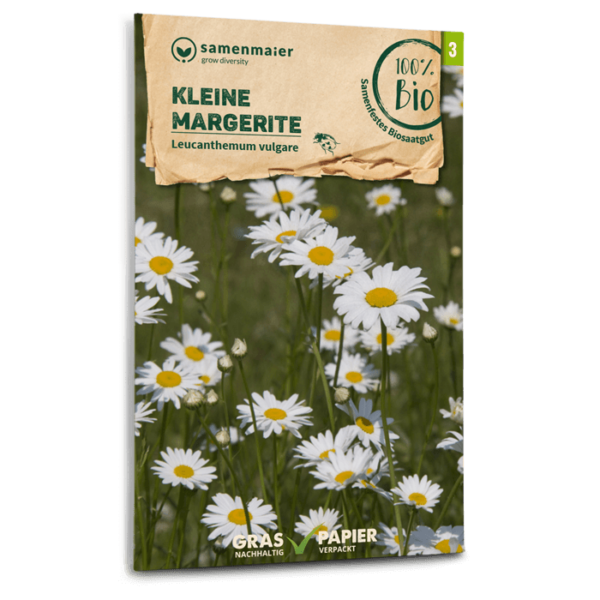 Organic Wild flower – ox-eye daisy€ 3.99
Organic Wild flower – ox-eye daisy€ 3.99incl. 13% VAT
Keine Versandkosten ab € 20 Warenkorb
-
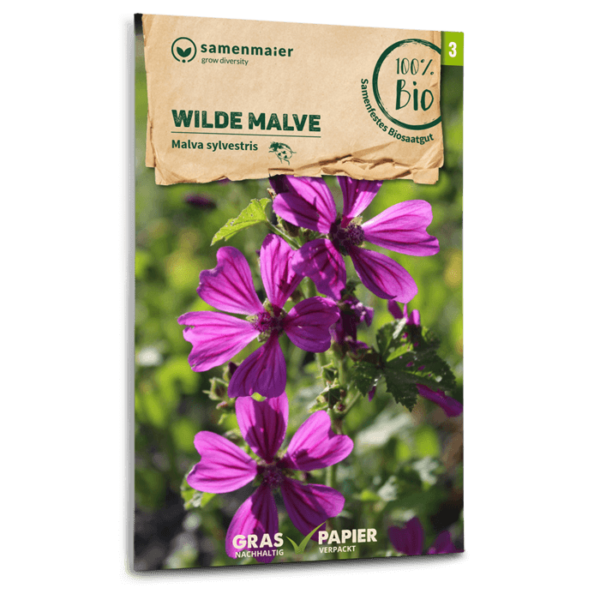 Organic Wild flower – High Mallow€ 3.99
Organic Wild flower – High Mallow€ 3.99incl. 13% VAT
Keine Versandkosten ab € 20 Warenkorb
Why is it important to plant more wildflowers again?
Anyone who walked across fields, meadows and forests 30 or 40 years ago will surely remember the many colorful wildflowers blooming along the wayside, in the fields or on the meadows. Blue cornflowers lined up next to bright poppies, bellflowers and primroses or even royal candles, meadow sage and much more. Today, unfortunately, nature looks different. Due to the intensive use of agricultural land, more and more plant species are being pushed back. Weed killers are used to promote the optimal development of the cultivated plants, but also for so-called “landscape conservation”, so that paths and waysides do not overgrow. As a result, there are far fewer plant species today than a few decades ago. Studies prove that the diversity of species in some agriculturally used areas is even lower than in cities. And this has not only visual consequences, but much more serious ones than most people are aware of, because beneficial insects such as bees and butterflies also find fewer sources of food.
Why are wild flowers threatened?
Especially the sensitive wild flowers have no chance against chemical synthetic pesticides. Over the decades only a small part of the “wild flower splendor” could be preserved. This is unfortunately noticeable, because the diversity of flowers and insects is of great importance for nature and ultimately for us humans. Many plants and small animals such as insects and other microorganisms have not yet been sufficiently researched in our latitudes. Again and again there are discoveries of medical effects of these organisms, which can be of benefit to present or future generations. With the extinction of wild flowers, many animal species are disappearing. Insects such as wild bees, bumblebees or butterflies hardly find any food plants and, as a consequence, there is too little food for birds.
What is so special about wildflowers?
The special thing about wildflowers are their flowers, some of which are difficult to reach. What seems impractical at first sight proves to be life-saving for many insects. Well hidden they can collect nectar and are protected from their enemies. When creeping into the narrow bloom, pollen stick to the abdomen of the insects, these fertilize further flowers. Garden-flowers, like perennials, often don’t have these narrow “entrances”. They are bred to form large and beautiful flowers, but this means that there are no hiding places for insects.
Wild flowers are also very valuable for the garden. The attracted insects not only pollinate the wild flowers, but also vegetables and fruit. They bring bright colors and valuable ingredients into the vegetable patch. Some wildflowers have long taproots and thus loosen up the beds.
Joyful planting and blossoming made easy

Wild flowers are ideal for growing in the garden, but also on the balcony or terrace. Wild flowers are perfectly adapted to our climate and get by with little nutrients and water. With the inclusion of wild flowers in the garden design, fertilization and watering can be dispensed with, which also protects the environment and makes our work easier.
Wild flowers are the colors of the natural garden. Wild flowers and herbs colonize dry, nutrient-poor locations as well as wet, nutrient-rich areas, the banks of ponds, lakes and streams, dry stone walls and roadsides. The selection of plants is correspondingly large – and the design possibilities that result from this.
Information: Bio Baumschule Ottenberg
Visit our Online shop

